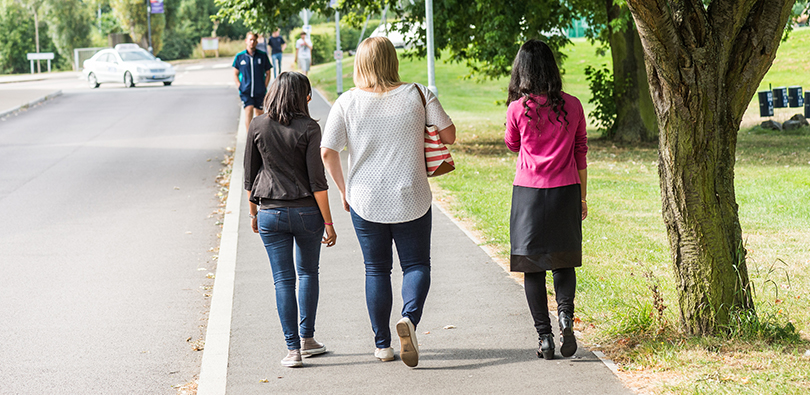
At least 150 minutes of exercise per week could substantially reduce or offset the health risks of sitting for long periods of time, research suggests.
The study, led by the University of Sydney in collaboration with Loughborough University, found that by replacing sitting with physical activity – but not standing – reduced the risk of premature death among people who sit for over six hours a day.
The study also discovered that people who were physically inactive and sat for more than eight hours a day, had a 107 percent higher risk of dying from cardiovascular disease. This is compared to those who did at least one hour of physical activity per day and sat for less than four hours per day.
Sitting is often touted as the new smoking but it has been unclear if it is the sitting itself, or the lack of physical activity that causes the harm.
Researchers found that meeting the Australian public health recommendation of 150-300 minutes of moderate intensity exercise (such as brisk walking) per week, eliminated the risks associated with sitting.
As part of the study, nearly 150,000 Australian adults aged over 45, were asked how many hours a day they spent sitting, standing and sleeping. Participants were also asked how long they spent walking or exercising.
Researchers examined data on physical activity and sitting against death records – over a nine-year period – to estimate the effects of replacing sitting time with physical activity, standing and sleeping.
Professor Mark Hamer, of Loughborough University’s School of Sport, Exercise and Health Sciences and the NCSEM-EM, said: “Our study explored the associations of sitting and physical activity, with premature death from all causes and death from cardiovascular disease.
“This is important because in the past we have only considered how behaviours such as physical activity and sitting, independently impact on our health.
“However, this research considers how these behaviours might work in combination to predict major health outcomes such as heart disease.
“These kinds of studies, such as ours, are very important to help shape future public health guidelines on physical activity.
“Although the study was conducted in Australia all of these issues are highly relevant to the British population and beyond.”
Lead author Professor Emmanuel Stamatakis, from the University of Sydney’s Charles Perkins Centre and Prevention Research Collaboration in the School of Public Health: said: “In our study, sitting time was associated consistently with both overall premature mortality and cardiovascular disease mortality in the least physically active groups – those doing under 150 minutes of moderate to vigorous intensity physical activity per week.
“Any movement is good for health but physical activity of moderate to vigorous intensity – that is activities that get people out of breath – is the most potent and most time-efficient.
“Exercise and sports are a great way to be active but are not the only way – walking fast, climbing stairs and cycling to get from place to place are only some of the many opportunities everyday life offers to move and even ‘huff and puff’ sometimes.”
The study – published in the Journal of the American College of Cardiology – was led by the University of Sydney, in collaboration with Loughborough University, the Norwegian School of Sport Sciences and the Norwegian Institute of Public Health.